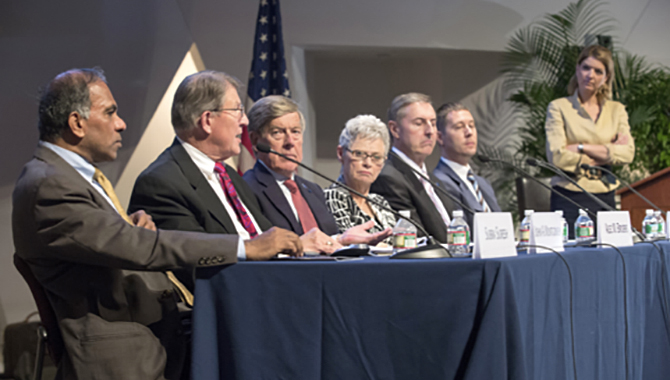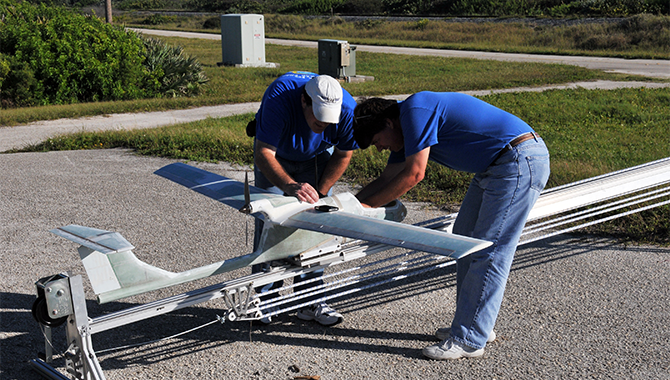
The key to global engineering leadership and innovation is talent—and there is no guarantee that the United States will remain the default leader, according to panelists from a National Academy of Engineering forum.
During the government shutdown in October 2013, the National Academy of Engineering (NAE) convened a panel of six representatives to discuss the current and future state of engineering talent in the United States. The panelists represented a variety of engineering disciplines (e.g., chemical, software, aerospace, etc.) from academia, industry, government, and international organizations.
Remarks from the NAE panel were summarized in a recent report titled The Importance of Engineering Talent to the Prosperity and Security of the Nation: Summary of a Forum. Recurring observations and themes from the panelists included:
- Engineering talent is cultivated in countries all over the world, thus “transforming the hunt for talent.” Between 2002 and 2009, the enrollment of first-year engineering graduates in China doubled to roughly equal the combined total of engineering graduates in the European Union, Japan, and the US.
- Top engineering talent is attracted by interesting work, good facilities, competitive pay, and the freedom to innovate and develop professionally.
- Today’s grand engineering challenges are increasingly global. Appropriately optimizing and managing the worldwide engineering knowledge and talent needed to solve these challenges is critical.
- The competition for talented engineers is high and some nations are experiencing shortages. Greater emphasis should be placed on inspiring future engineers in K-12 education programs and providing more opportunities for high school, undergraduate, and graduate engineering students to have hands-on engineering experience within organizations via internships as a means for recruitment.
- The curriculum for undergraduate and graduate engineering programs is rigid and demanding. Entrepreneurial and cross-functional collaboration skills are increasingly important for success. Some universities are instituting “four plus one programs” to allow for additional study of these skills.
The panelists also engaged in a discussion about US engineering strengths and weaknesses. US strengths included the ability for new engineering employees to be independent and assume elevated roles, an acceptance of learning from mistakes and failure, and a willingness to hire engineers from other countries. Obstacles to fostering and attracting engineering talent in the US included government dysfunction (e.g., shutdowns), the US funding structure (i.e., annual budget versus multi-year budget), and the rigidity of US undergraduate engineering programs.
Like the Apollo program of the 1960s, today’s grand engineering challenges are poised to inspire a new generation of engineers, the panelists said. Talent, they agreed, is what makes solving those challenges possible.
Read more about the how the United Kingdom is inspiring a new generation of young engineers in Something to Shout About: The Bloodhound Supersonic Car.
CNN reporter Christine Romans and panelists during a forum on the importance of engineering talent hosted by the National Academy of Engineering in October 2013.
Featured Photo Credit: National Academy of Engineering









